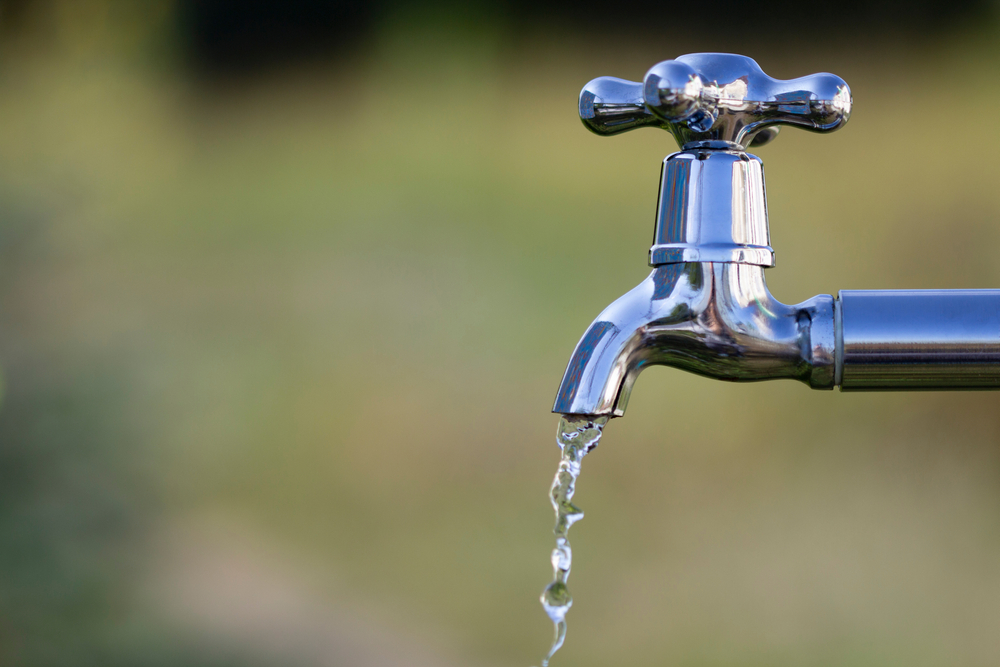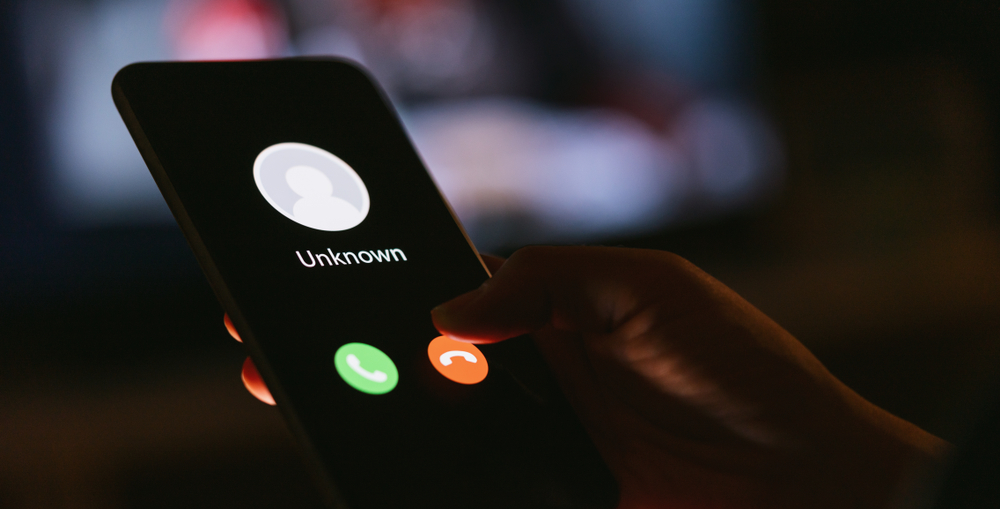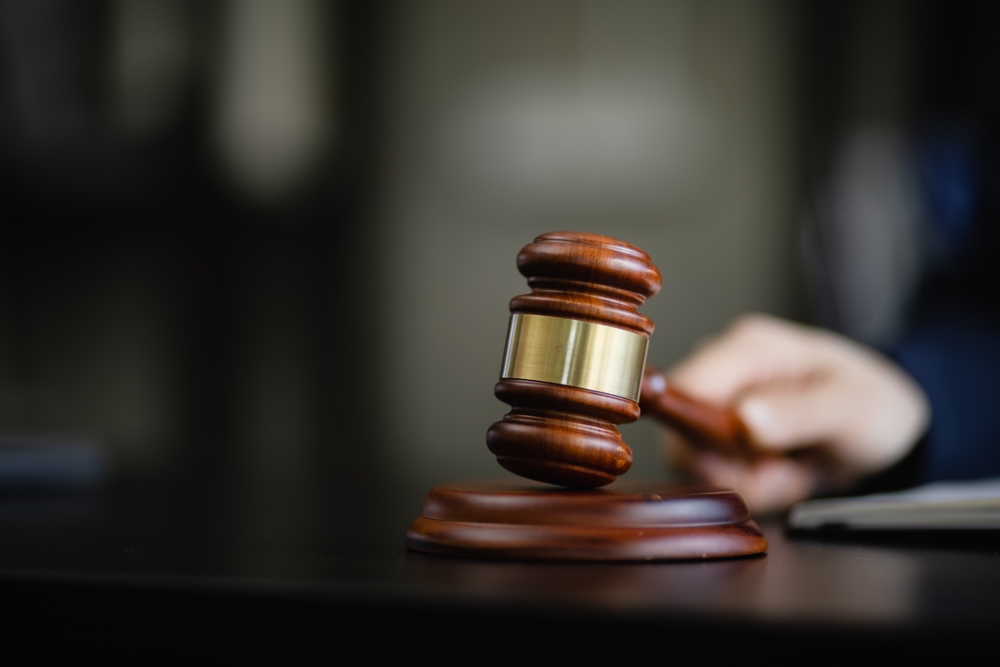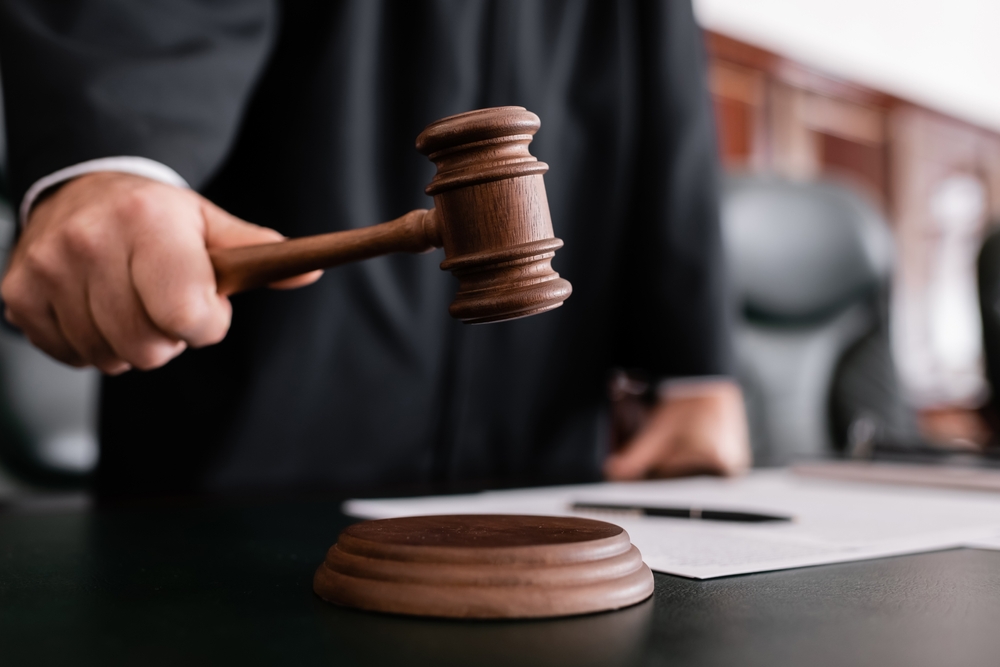Lawsuits Filed Over Maui Wild Fires
Almost two months after wildfires ripped through Maui, many remain unaccounted for, and at least 97 have died. Hundreds of homes have been destroyed, and miles of the physical landscape and its wildlife have been wiped out. With all this devastation, Maui’s economic loss could topple over $ 6 billion.
While there is agreement that wind from passing Hurricane Dora fueled the wildfires on August 8, when it comes to the question of who should be held liable for the cause of this disaster, the U.S.’s deadliest fire in more than a century, it is still too soon to tell.
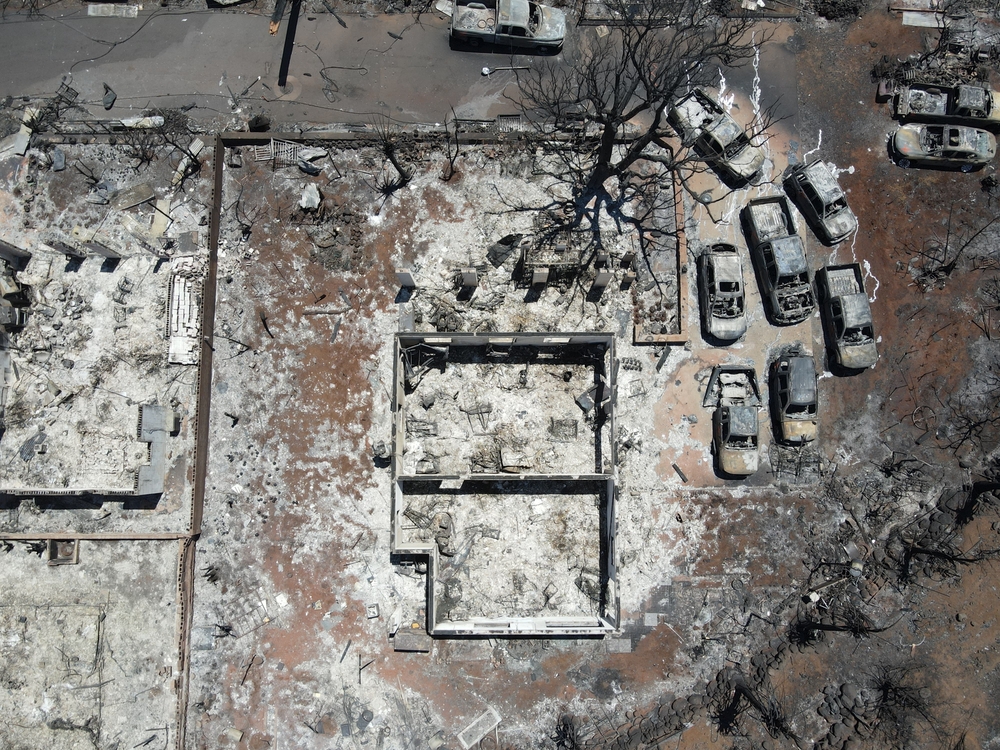
Are Utility Companies Responsible for the Maui Fire?
Multiple lawsuits have been filed against Hawaiian Electric and its subsidiaries and their alleged failure to take sufficient safety measures.
In one lawsuit, filed on behalf of Maui County on August 25, plaintiffs contend the utility provider neglected to maintain its equipment and kept power lines “energized,” despite an issuance by the National Weather Service of a High Wind Watch and a Fire Warning.
Meanwhile, another major lawsuit puts the responsibility on Hawaiian Electric, but it pushes the envelope further. This suit, filed in Hawaii’s First Circuit Court, includes a request for class action status and states that the fire “…was a direct and legal result of the negligence, carelessness, and recklessness, and/or unlawfulness” of the company.
After the original filing, the lawyers asked the court to amend the lawsuit to add more defendants, including Charter Communications and telephone company Hawaiian Telcom. According to news reports, the additional defendants were added after damaged utility poles were inspected. They found that the telecommunication utilities contributed to the fires, alleging that they “overloaded at least some of the power poles, destabilizing them,” making the wooden poles more likely to snap.
Hawaii Electric has acknowledged its power lines were taken down by high winds, and as they sparked on the ground, they ignited a fire in the early morning of August 8. The electric company maintains they did not cause the devastating afternoon fire since the power lines were no longer active with electric current.
Maui Fire Investigations Continue
In the coming weeks, the public will receive more answers concerning the fire due to several pending investigations, including one ordered on August 17 by Hawaii Attorney General Anne Lopez, who hired a third-party private organization with experience in emergency management and processes, to assess the state’s response. Also, a joint investigation began in mid-August conducted by Maui County and the U.S. Bureau of Alcohol, Tobacco, Firearms and Explosives.
On September 28, the United States House Energy and Commerce Committee will begin public hearings where three officials within Hawaii’s utility industry will testify, including Shelee Kimura, president and chief executive officer of Hawaiian Electric, Leodoloff R. Asuncion, Jr., chairman of the Hawaii Public Utilities Commission and Mark B. Glick, chief energy officer, Hawaii State Energy Office.
According to a statement by the Committee, the goal of the hearings is to ensure Hawaii and other states are prepared to prevent and stop other deadly wildfires from happening again.
“In our capacity as Chairs of the Committee on Energy and Commerce of the U.S. House of Representatives and its respective energy policy and oversight subcommittees, we are empowered to oversee energy supply, reliability of all power, and regulation of energy resources throughout the country. To that end, we seek a fuller understanding of the role, if any, of the electric infrastructure in this tragic event.”
The Role of Dry Grass in Fueling Maui Fires
As the debate on who is ultimately responsible for the wildfires continues, it’s important to point out that there is one undeniable fact – the Maui region is extremely dry. For years, experts have warned of the hazards of dry grasses growing freely.
In 2016, the last sugarcane farm in West Maui closed down, and since then, non-native grass, including guinea grass, molasses grass, and buffel grass, has been allowed to grow unmaintained. Well before the August fire tragedy, officials were aware of the dangers found on the former farmland.
In July 2021, a Maui government commission released a report warning the public that non-native grasses made Hawaii vulnerable to destructive fires. The presence of such grasses on the abandoned fields was becoming a source of “combustible, rapidly burning fuels” that “needs to be addressed.”
In large part because of the unmaintained land, another lawsuit was filed on September 4 by the family of Rebecca Rans, a 57-year-old woman who died while trying to escape the fire. Named as defendants in the suit are Maui County, the state, Hawaiian Electric, and the state’s largest landowner, Kamehameha Schools, a charitable trust formerly known as the Bishop Estate, which is accused of negligence for not properly maintaining its land.
The lawsuit also alleges that Maui’s emergency team was “ill-prepared’’ and failed to give residents ample warning but could have.











